Pitaya vs. Acaî: Which Has Superior Nutritional Benefits?
- Get link
- X
- Other Apps
When it comes to food and nutrition, I’m always fascinated to learn exactly how what we eat benefits us.
But weighing nutritional facts gets a bit more tricky when looking at two extremely similar foods, like acaî and pitaya. Both are fruits that have purported health benefits, but is one superior to the other?
I put them to the test to understand the differences in how they taste, how they affect our overall health and the individual benefits that each bring to the table.
Acaî, a berry which hails from the Amazon, has been recognized in the health community for many years, and rose to mainstream stardom when companies like Sambazon came onto the scene nearly two decades ago.
Eat What You Want and Still Lose Weight: Take Control of Your Diet with NoomWhile acaî has become a staple at juice shops and health food grocers, its lesser known cousin, pitaya, is emerging in that very same way. Pitaya, or dragon fruit, is mainly grown in South America, and is recognized for its bright pink appearance in smoothies.
On their own, both are reportedly high in antioxidants, which can help your body fight free radicals and inflammation. As a result, they have also been touted as “superfoods.”
As it goes, most companies that produce smoothie packs with these fruits also add other ingredients into the mix, such as sugar, which alter the nutritional value and taste. This has led to a recent line of questioning when it comes to consuming juice and smoothies as healthy alternatives.
Aside from that, acaî and pitaya have a similar—but not identical—flavor breakdown, but differ in many other ways.
Take a look at the results of this recent taste test and nutritional analysis with two leading companies.
Acaî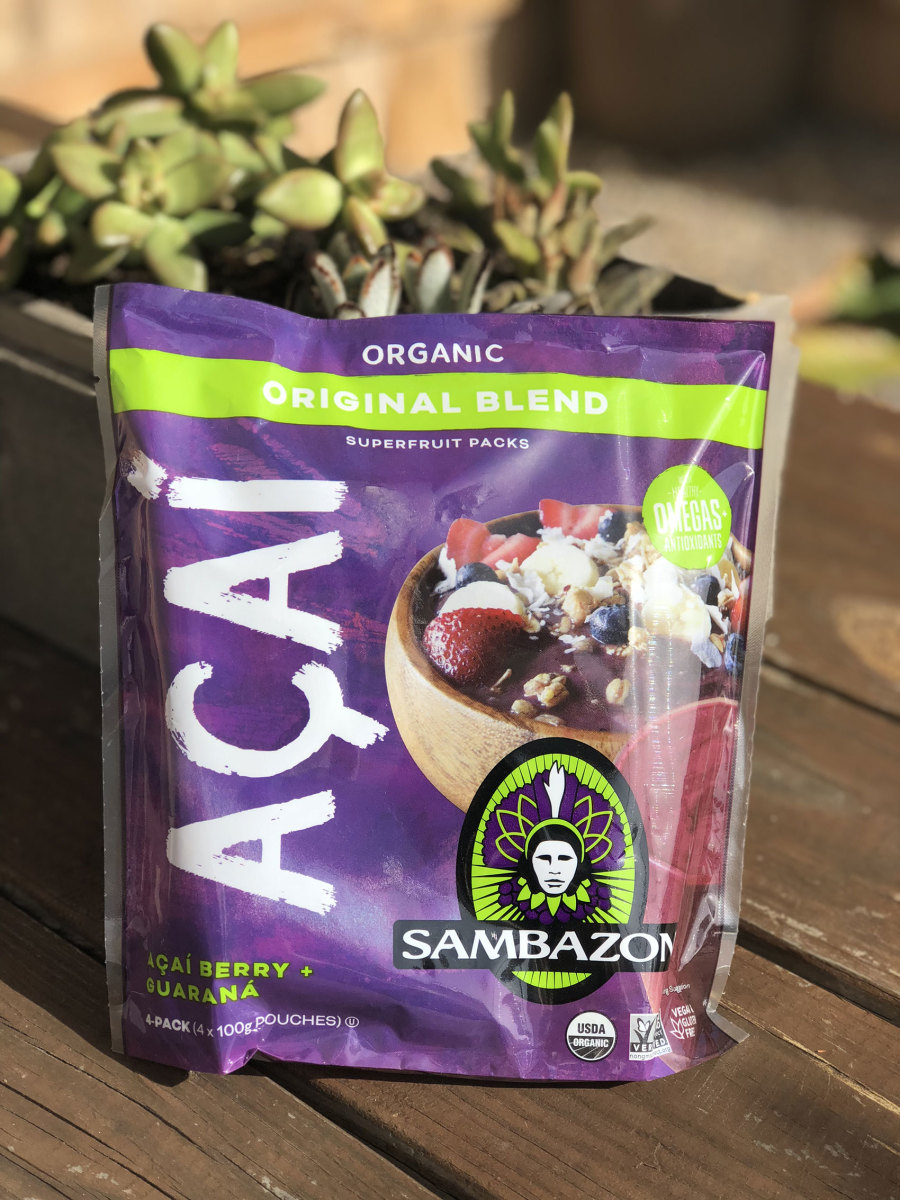
For this comparison, we used Sambazon Acaî smoothie packs.
This company was the most readily available at local grocers. A single smoothie packet contains 100 calories and 13 grams of sugar per serving. The acaî, however, calls for two packets when blended for a smoothie or bowl, doubling the amount of calories and sugar.
Acaî had a negligible amount of fiber, less than 1 gram, and about 4 grams of fat. The smoothie packs contain other ingredients besides acaî berry, such as organic cane sugar, organic soy lechitin and organic guarana extract—a seed found in the Amazon and used for energy.
4 Healthy Alternatives to Your Afternoon Coffee AddictionThe blend also contains 15 mg of sodium per serving, and has 35 mg of Omega 3, 435 mg of Omega 6 and 2,130 mg of Omega 9. Omega-3s fats are known for reducing inflammation, which is at the root of many chronic ailments.
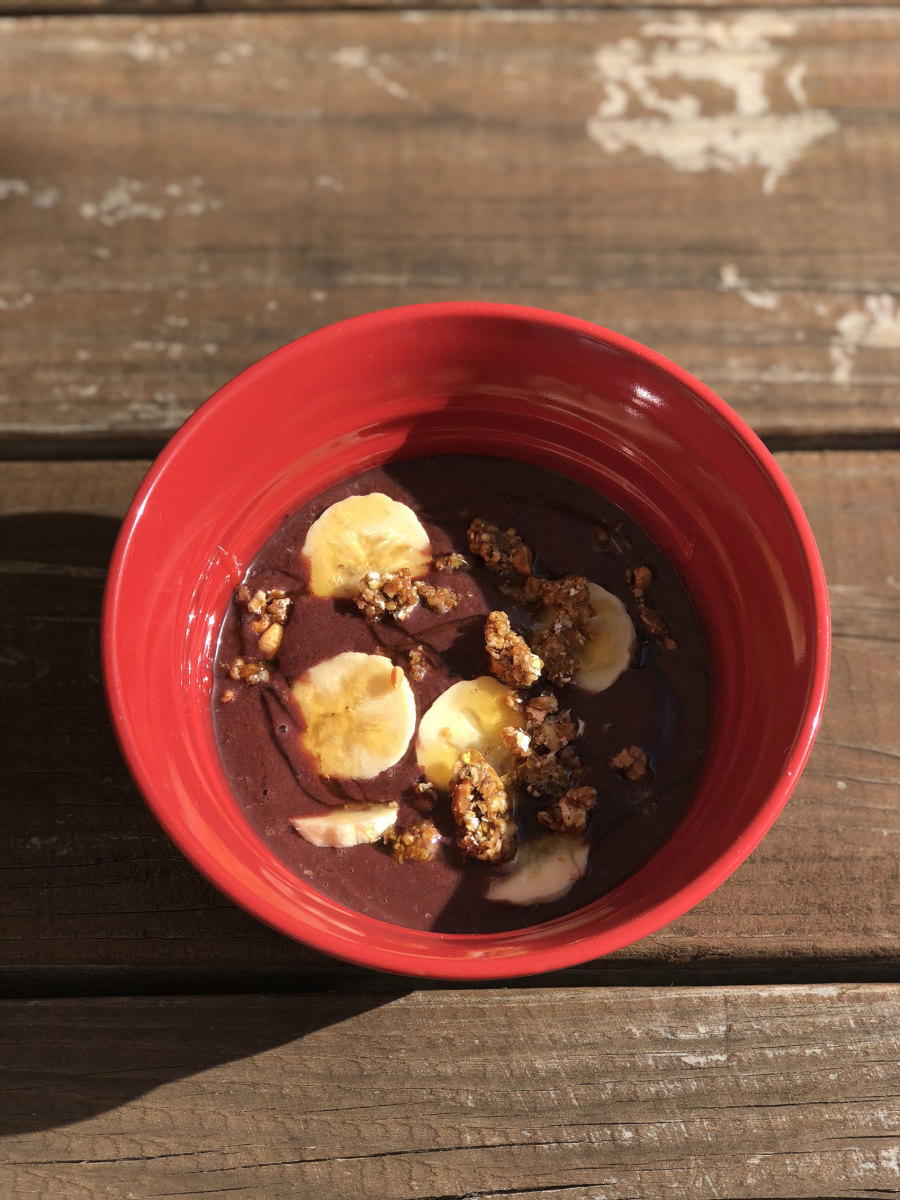
For the taste test, the acaî was sampled on its own, and it really doesn’t need anything added to it—perhaps because of the added sugar and flavors from others ingredients like guarana extract, which is found in most acaî smoothie packs.
Skip the Candy: Think Out of the Box This Valentine’s DayWhen blended with about half a banana and 1/4 cup apple juice, the consistency was a bit runnier than preferred, but the taste was still good. In my opinion, these acaî smoothie packs have a bit of a richer, nuttier flavor, with hints of cocoa, that work well to offset the sweetness that you get from the fruit and fruit juices added to the mix.
Pitaya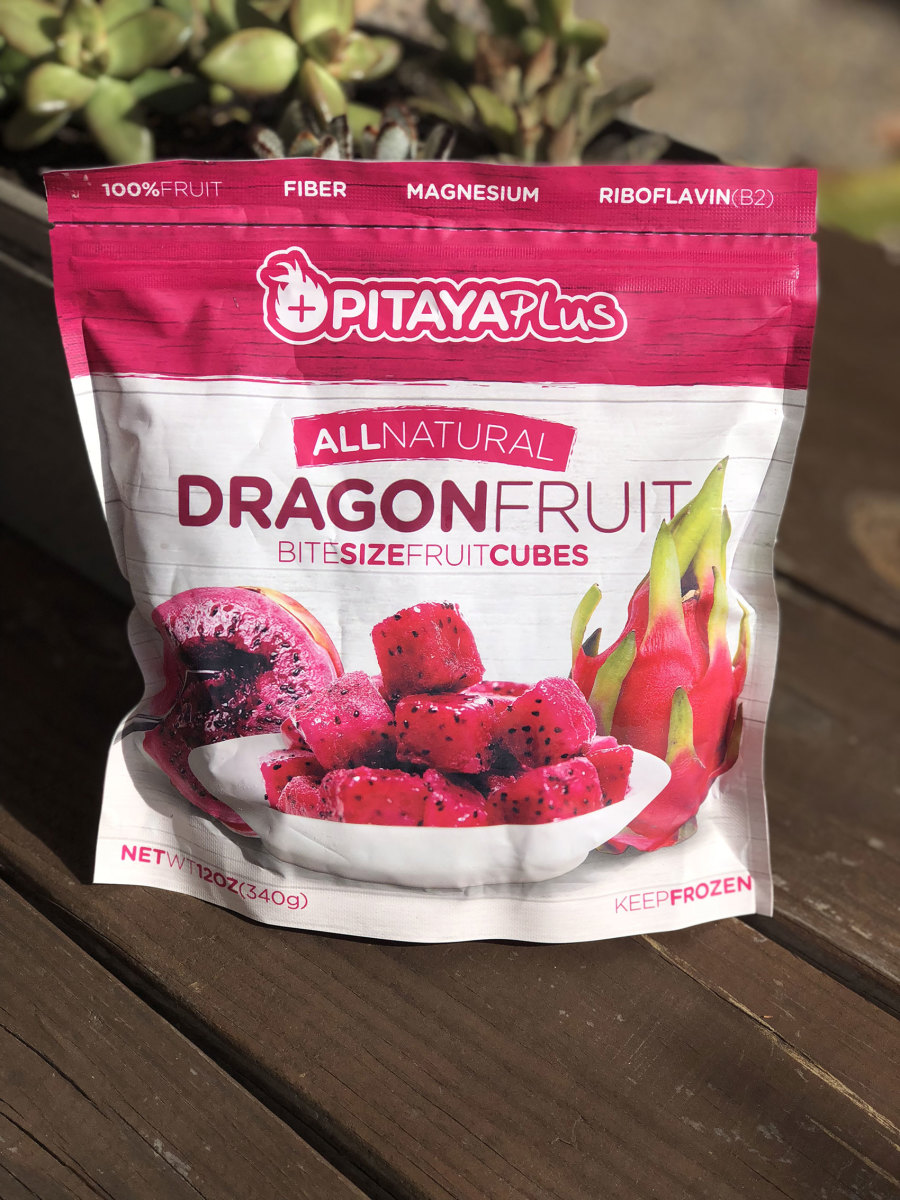
What was noted right away about PitayaPlus is that it only contains one ingredient: dragon fruit (pitaya) with seeds.
For this taste test, I picked up PitayaPlus’ fruit cubes because the smoothie packs weren’t available, and actually, found the fruit cubes to be a bit easier to work with—you can skip the step of cutting into the plastic smoothie packs, plus it saves on excessive packaging. Also worth noting: Pitaya was a bit harder to find at my local grocery stores compared to acaî, but is easy to find for purchase online.
Not surprisingly, the pitaya fruit cubes on their own are a bit bland when compared with the acaî smoothie packs, since it is essentially just the plain fruit. It also has roughly 100 calories and 13 grams of sugar per serving.
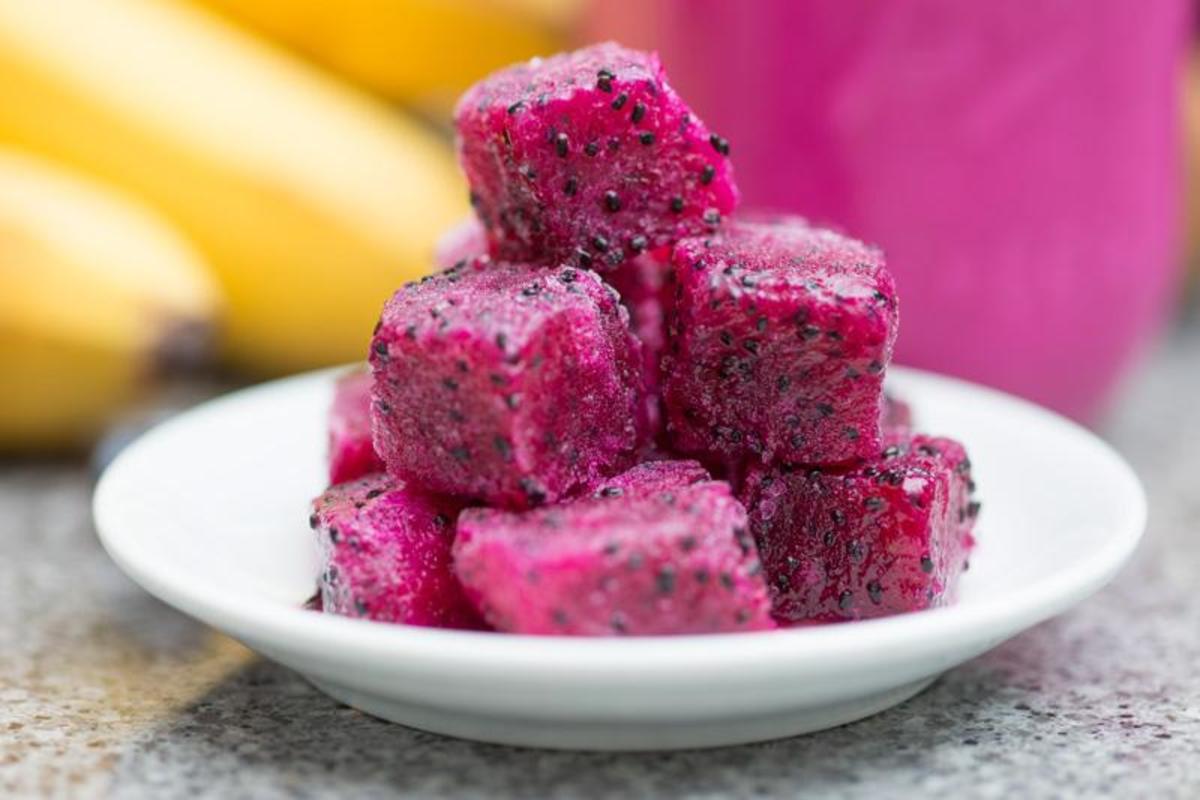
Where pitaya seems to break away from acaî is in Vitamin C, boasting 7% per serving (compared to 0% in acaî). Vitamin C plays a role in everything from boosting the immune system to keeping skin looking healthy.
Pitaya has 5 grams of fiber compared to 2 grams in the acaî smoothie packs, 2 grams of protein, and is high in other nutrients such as iron (7 percent) and magnesium (17 percent). And although not listed on PitayaPlus’ nutritional facts, the fruit’s seeds are also reportedly high in Omega-3 and Omega-9.
How One Adventure Photographer Takes His Plant-Based Diet on the RoadStudies have also examined how pitaya helps to regulate blood sugar and control glucose levels, which has potential health implications for those at risk for or who have diabetes.
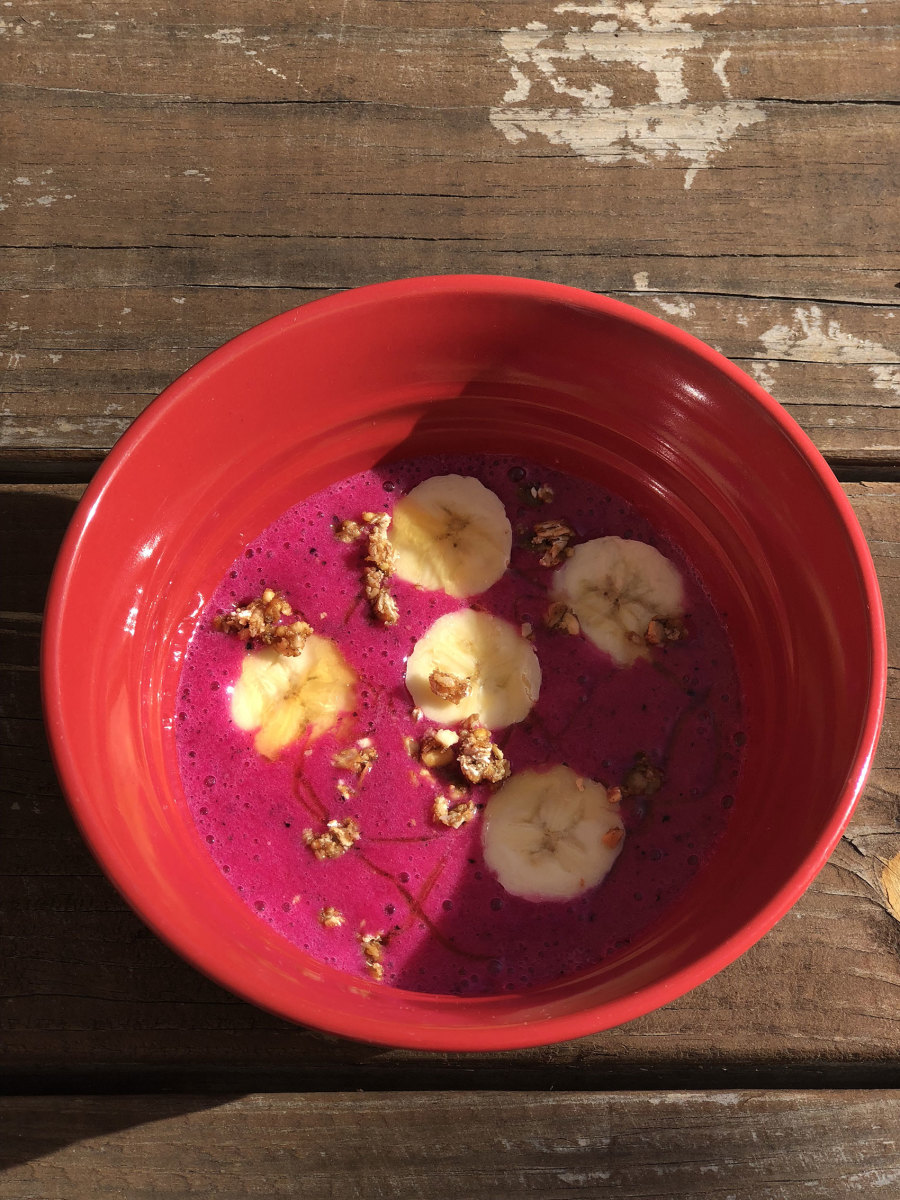
Okay, now for the taste test. Pitaya is often compared closely to kiwi in texture, and that proved out when I blended it up with half a banana and apple juice, exactly as I did with the acaî. Instantly, I noticed a thicker consistency with pitaya. The taste was just as sweet as (if not sweeter than) the acaî.
Although it did lack some of the complexities of the acaî, the pitaya’s flavor was a strong competitor.
With all factors considered, I would lean toward pitaya over acaî purely based on the fact that the pitaya contained no added sugar and did not compromise on flavor when prepared in a smoothie or bowl. And in this case, the additional vitamins and nutritional benefits in the pitaya gave it the edge over my preference for acaî’s richer, nuttier flavor.
The post Pitaya vs. Acaî: Which Has Superior Nutritional Benefits? appeared first on Men's Journal.
from Men's Journal Latest Health & Fitness News https://ift.tt/37K8jI8
- Get link
- X
- Other Apps
Comments
Post a Comment